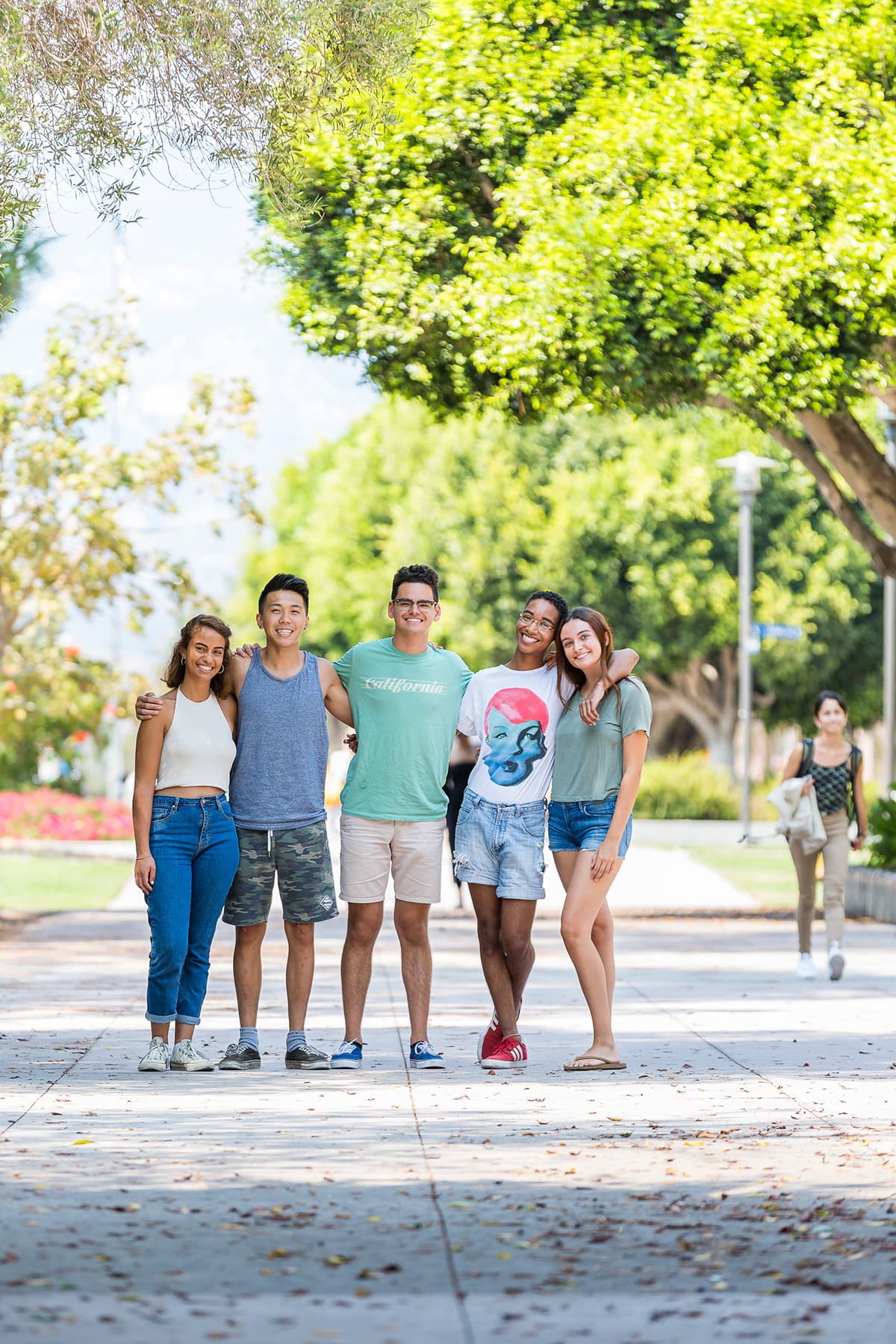
Universal Design Considerations
Dear Campus Community,
At this time we are reaching out to you with concerns in relation to mounting stressors caused by national events and undeniable systemic inequalities pervasive in our institutions.
These include, but are not limited to: systems of justice, education & learning, and health-related disparity outcomes, as well as economic disparities that heighten and exacerbate one’s ability to engage and have access to support systems that help build community, resilience and enhance outcomes across the systems our students navigate on a daily basis.
We are asking for consideration of the well-being of all of our students in light of the collective challenges in recent years, which have impacted all students, regardless of disability status.
As such, we are presenting methods and strategies to facilitate building short-term, compassion-based, universal design solutions, as well as long-term considerations for inclusive curriculum design that may not only decrease the need for accommodations but will also work to ensure that all students have access to educational infrastructures as a way of dismantling systemic inequities in higher education.
We respectfully ask for your active engagement and participation in mindfully imagining how we all might improve upon the ways in which we support our students.
Please consider our suggestions on implementing social justice strategies within the classroom.
In solidarity,
DSP
If any of the material on this website is not accessible to you, please email dsphelp@sa.ucsb.edu and we will provide alternatives.